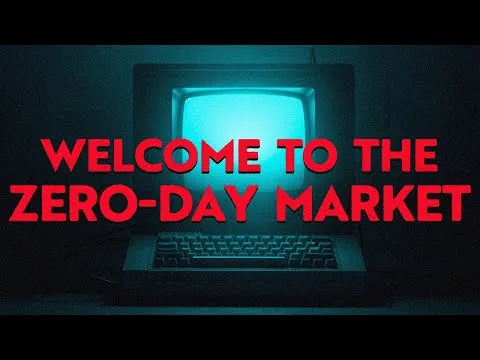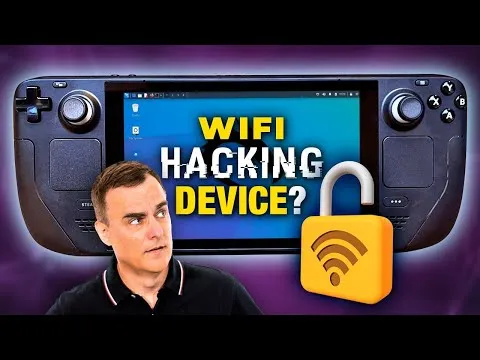I recently watched a video by the renowned YouTuber David Bombal, and I must say, it was an exhilarating experience. He showcased how to install Kali Linux on a Steam Deck, transforming it into a fully functional operating system. The process was intriguing, as he demonstrated how to navigate the OS using an attached keyboard and mouse. What made it even more fascinating was the Steam Deck's integrated WiFi card, which opens up a plethora of possibilities for performing various tasks with Kali Linux. As someone who enjoys tinkering with technology, this video was a goldmine of information and practical advice.
However, just when I thought my evening couldn't get any better, YouTube's algorithm suggested another video that immediately caught my attention. This one was from the CyberNews channel, and it delved into the world of Zero-Day Exploits in software. For those who might not be familiar, Zero-Day Exploits are vulnerabilities in software that are unknown to the software vendor and can be exploited by hackers to compromise systems. This topic is especially pertinent to anyone interested in IT security, software development, and ethical hacking.
The CyberNews video was a deep dive into the intricacies of Zero-Day Exploits, and it was both enlightening and somewhat unsettling. I found it particularly captivating how the Dark Net plays a significant role in the distribution and commercialization of these exploits. The video shed light on the complex and often clandestine network of hackers, buyers, and intermediaries who trade in these valuable vulnerabilities. It was a reminder of the ongoing battle between cybersecurity professionals and malicious actors.
One of the most intriguing aspects of the video was the detailed explanation of how Zero-Day Exploits are discovered, sold, and eventually patched. The market for these exploits is incredibly lucrative, with some vulnerabilities fetching prices in the hundreds of thousands of dollars. This high-stakes environment drives a continuous cycle of discovery and exploitation, with software vendors racing against time to secure their systems before they are compromised.
As I watched, I couldn't help but appreciate the thoroughness of the CyberNews team in presenting such a complex topic in an accessible and engaging manner. They not only explained the technical details but also highlighted the ethical and legal implications of trading in Zero-Day Exploits. The video also touched on the efforts of cybersecurity researchers and organizations working tirelessly to identify and mitigate these threats.
In conclusion, what started as a simple exploration of installing Kali Linux on a Steam Deck turned into an eye-opening journey through the darker corners of the cybersecurity world. The combination of David Bombal's practical guide and the CyberNews deep dive into Zero-Day Exploits made for an incredibly informative and thought-provoking evening. For anyone interested in IT security or just curious about the inner workings of the digital world, I highly recommend watching these videos. The half hour spent on the CyberNews video, in particular, was time well invested, providing valuable insights into the ever-evolving landscape of cybersecurity.
And for the sake of completeness, here is the video of david bombal with the steam deck and the installation of kali linux

